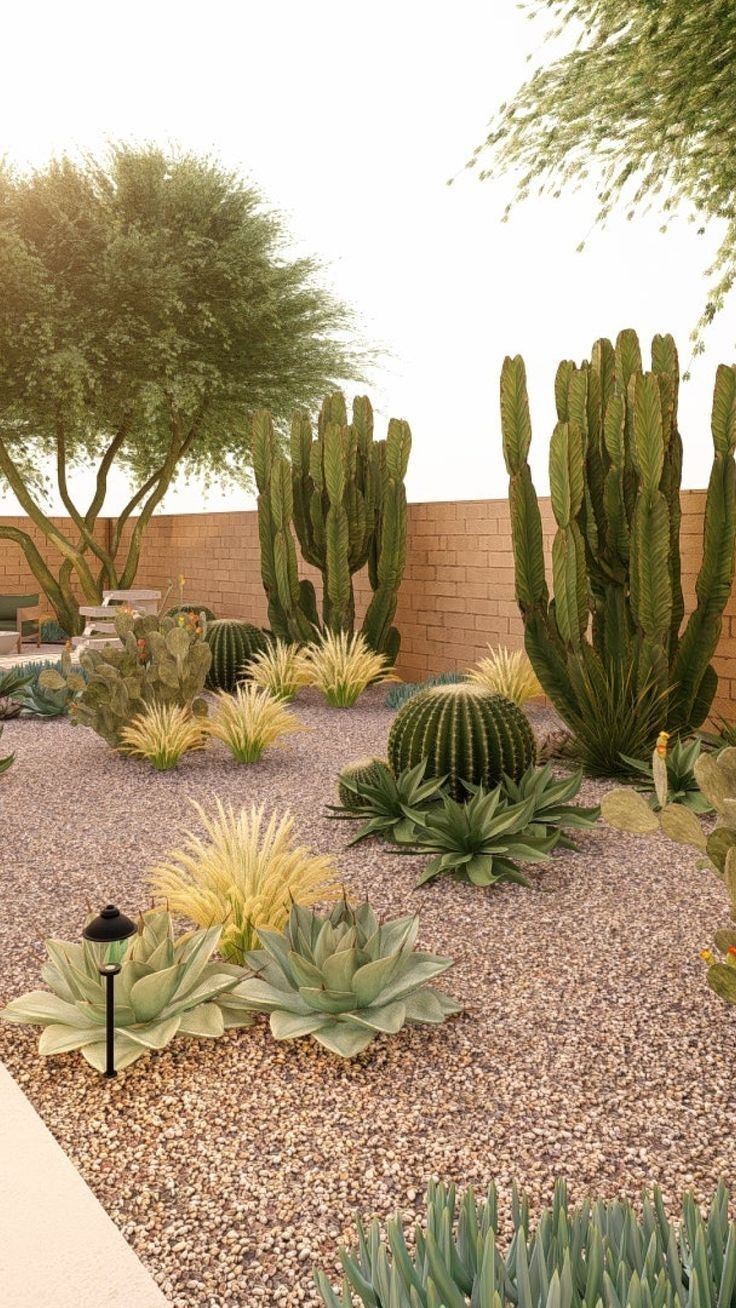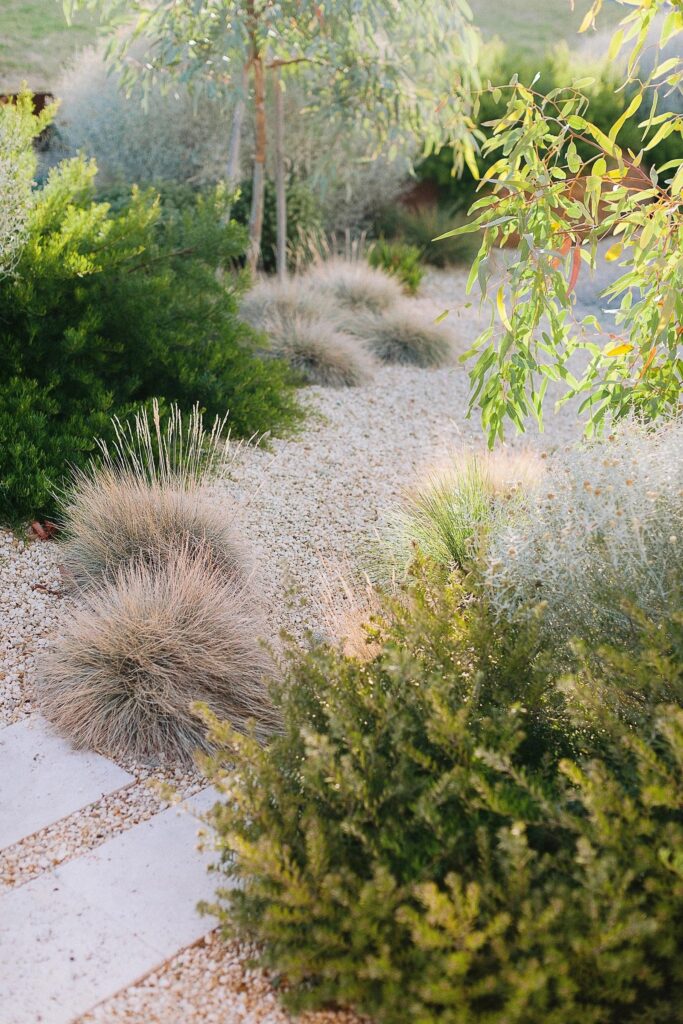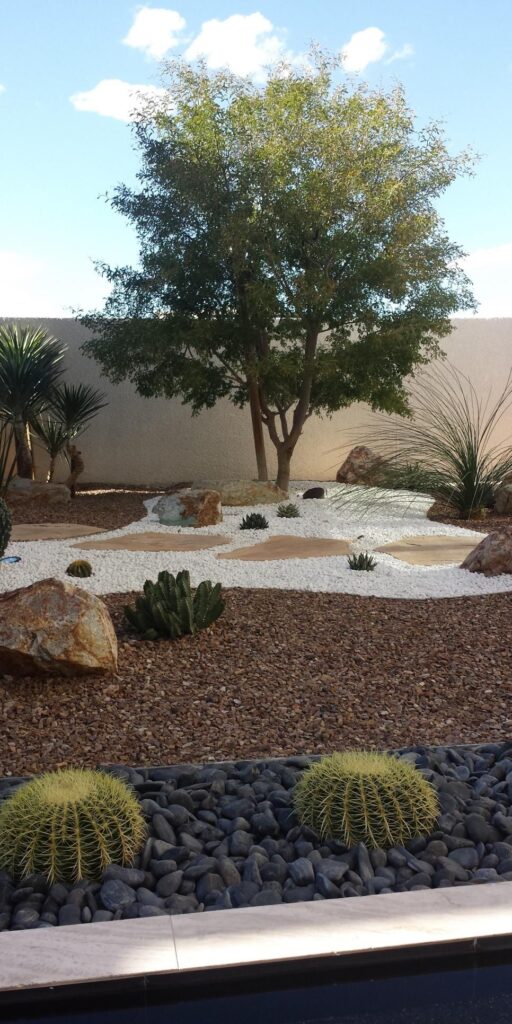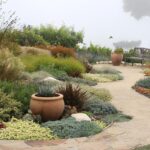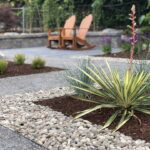Xeriscaping is a method of landscaping that focuses on water conservation and sustainability by using drought-tolerant plants and design techniques that require minimal water usage. The term “xeriscape” comes from the Greek words xeros, meaning dry, and scape, meaning landscape, and it has gained popularity in recent years as water conservation becomes a growing concern.
One of the main principles of xeriscaping is selecting plants that are well-suited to the local climate and soil conditions. This means choosing plants that are native to the region or are adapted to arid environments, as they will require less water and maintenance than exotic or non-native species. By incorporating these plants into the landscape, homeowners can create a beautiful and sustainable garden that thrives with minimal water input.
In addition to plant selection, xeriscaping also involves careful design and planning to maximize water efficiency. This can include grouping plants with similar water needs together, using mulch to retain moisture in the soil, and installing efficient irrigation systems such as drip irrigation or rainwater harvesting. By incorporating these design techniques, homeowners can reduce water waste and create a more sustainable landscape.
Another important aspect of xeriscaping is reducing the amount of turf grass in the landscape. Grass lawns require a significant amount of water to maintain, so replacing some or all of the lawn with drought-tolerant plants can help conserve water and reduce maintenance requirements. This can also help to create a more visually interesting and diverse landscape, with a greater variety of colors, textures, and forms.
Xeriscaping is not just beneficial for water conservation, but also for the environment as a whole. By reducing water usage in the landscape, homeowners can help to protect local water resources and reduce the energy and chemical inputs associated with traditional landscaping practices. Xeriscaping can also provide habitat for wildlife and support biodiversity, creating a more ecologically sustainable landscape.
Overall, xeriscaping is a practical and environmentally responsible approach to landscaping that can benefit both homeowners and the planet. By incorporating drought-tolerant plants, thoughtful design techniques, and water-saving practices, homeowners can create a beautiful and sustainable landscape that conserves water, reduces maintenance, and supports the local environment. Whether in a dry climate or not, xeriscaping can be a valuable and rewarding landscaping option for those looking to create a more sustainable outdoor space.
